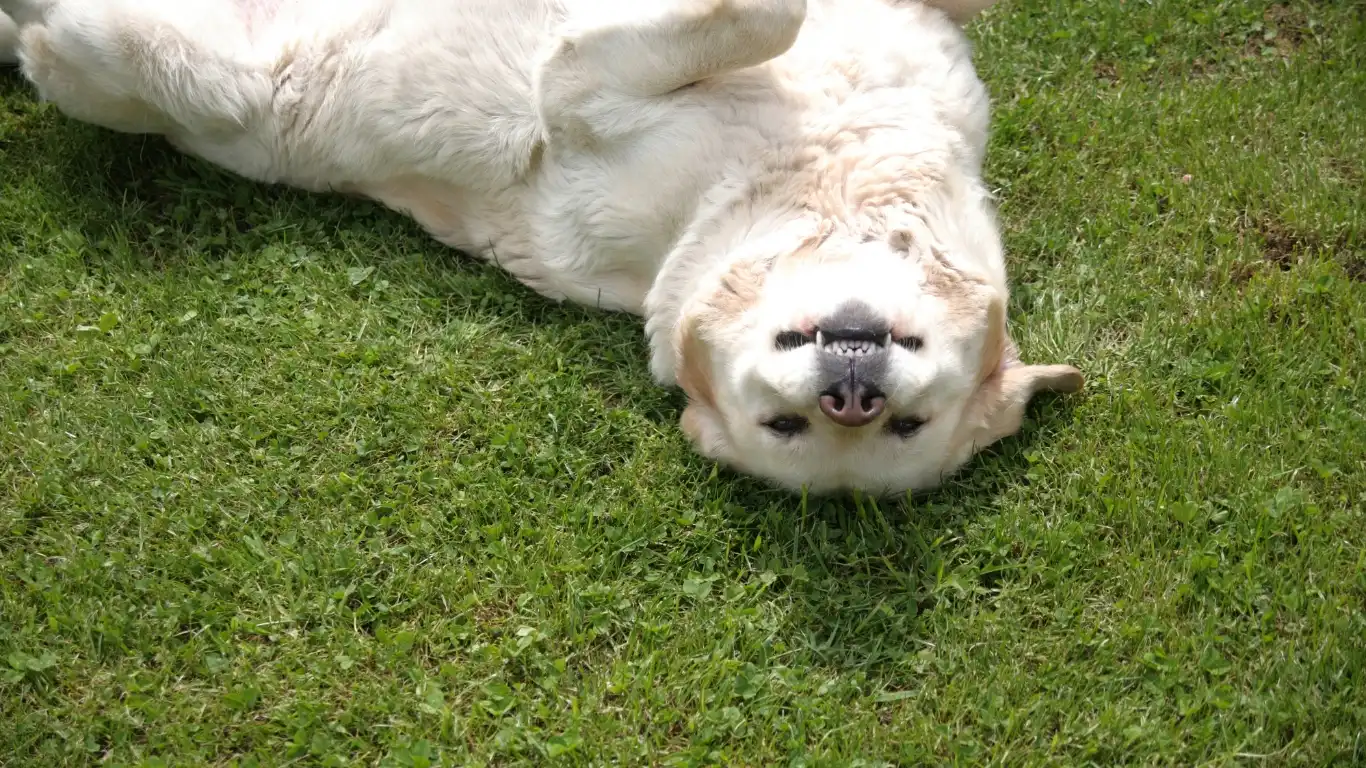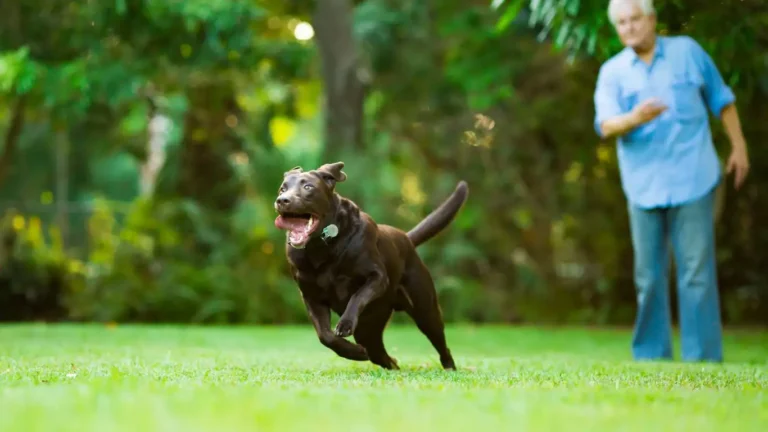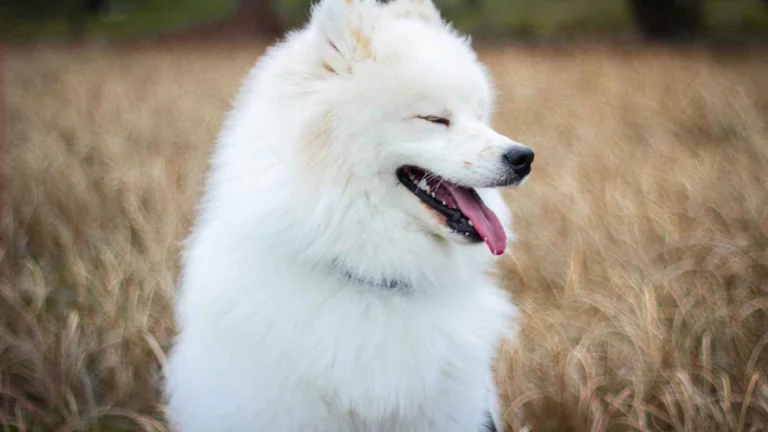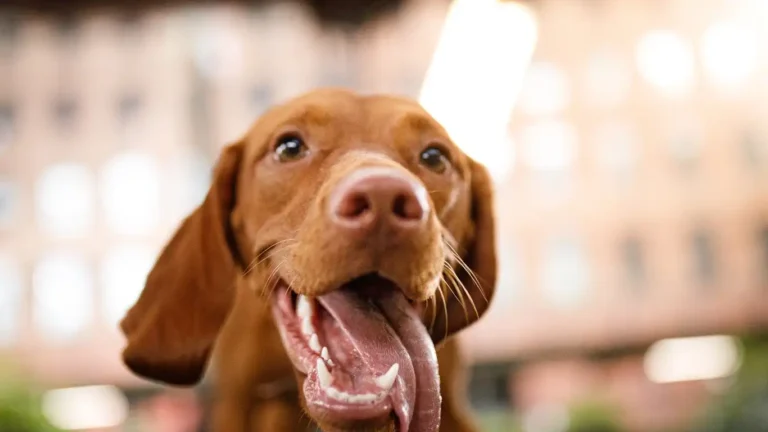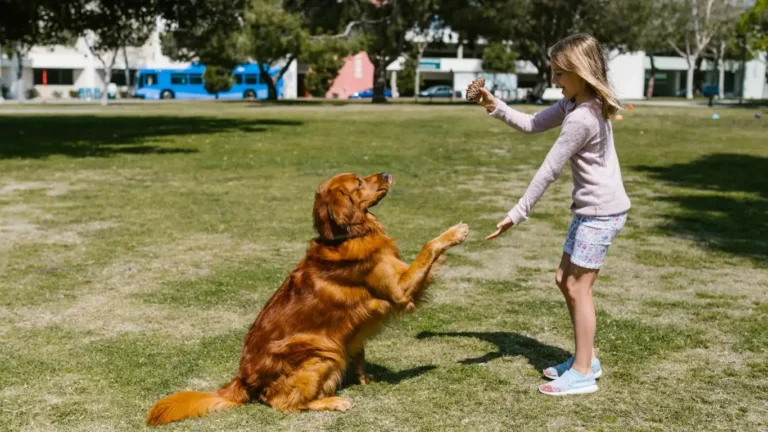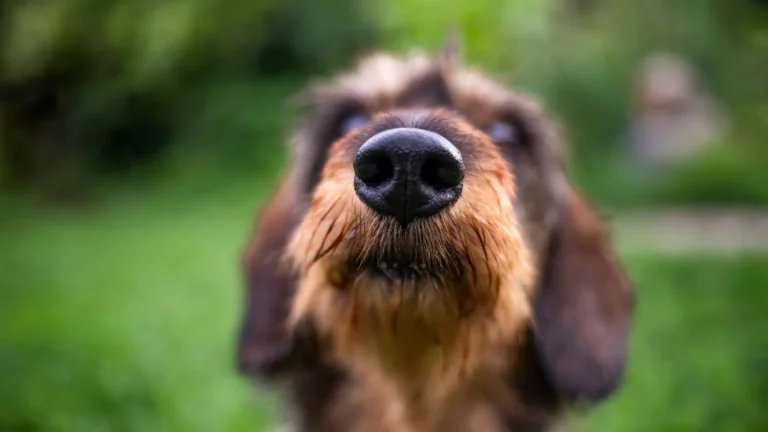How to Properly Socialize Your Dog with People and Pets: A Complete Guide
As a Veterinary Technician specializing in Nutrition, I’ve had the privilege of seeing first-hand how important it is to properly socialize a dog with people and pets. It’s not just about teaching your dog to be friendly or less anxious—it’s about creating an emotionally balanced and well-adjusted companion that can thrive in a variety of situations. A properly socialized dog is more likely to behave well in different environments and interact appropriately with other animals and humans. In fact, poor socialization can lead to behavioral problems that are difficult to manage, and in some cases, can result in anxiety, fear, or aggression. But don’t worry, with the right approach, you can guide your dog to becoming a well-mannered social butterfly!
What Is Dog Socialization?
Before diving into how to properly socialize a dog with people and pets, it’s essential to understand what socialization actually means. Socializing a dog goes beyond just introducing them to other animals or humans. It’s about exposing your dog to a variety of experiences, sounds, environments, and situations that they might encounter in the real world. The goal is to help your dog develop confidence and positive associations with these new experiences. Think of it like teaching your dog the social rules of life. Just like us, dogs need to learn how to interact with others in a way that’s calm, polite, and respectful.
Why Socialization Matters
As a Veterinary Technician, I can’t stress enough how important socialization is. A dog that has been properly socialized is more likely to have better mental and emotional health. It can make vet visits, grooming sessions, and walks around the neighborhood more pleasant and stress-free. And not only that—your dog will be better equipped to handle new experiences. Whether it’s a loud thunderstorm or meeting a new dog at the park, a well-socialized dog can adapt more easily to a variety of situations. A lack of socialization, on the other hand, can lead to fear, anxiety, and even aggression. I’ve seen this firsthand in my practice, where dogs that weren’t socialized properly had difficulty interacting with others, which led to a host of behavioral problems.
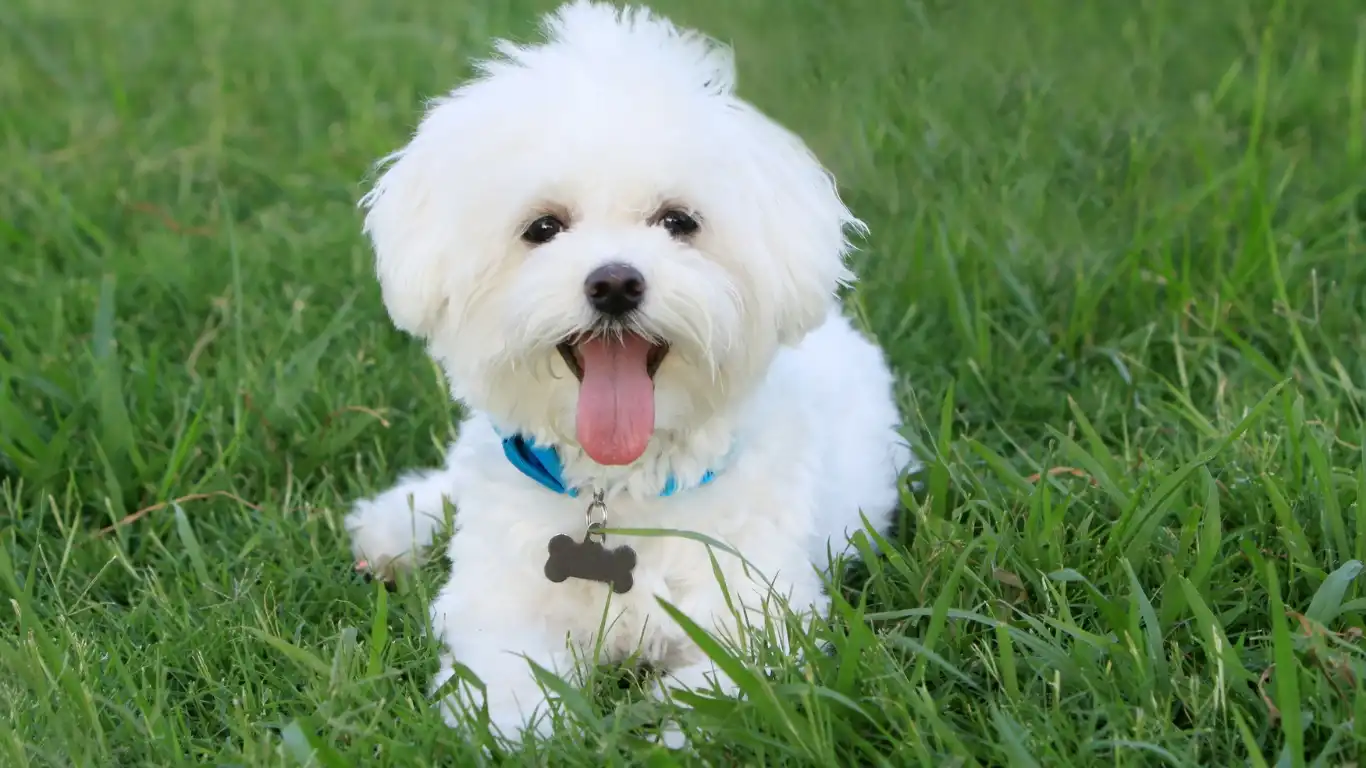
When to Start Socializing Your Dog
The best time to start socializing your dog is during their puppy stage, ideally between the ages of 3 and 14 weeks. During this period, puppies are like sponges, soaking up new experiences, and they’re much more likely to adapt to new environments and people. However, don’t fret if your dog is older than a puppy—adult dogs can still benefit from socialization, and with patience and consistency, they can make great progress. I’ve worked with many older dogs who struggled with anxiety and fear-based behaviors, and through careful socialization, they were able to become more comfortable with different people and pets.
Common Misconceptions About Socializing Older Dogs
One common misconception I often hear is that you can’t socialize an adult dog. This couldn’t be further from the truth! While it may take longer for an older dog to adjust, the process is still very much achievable. The key is to go at a pace that’s comfortable for your dog. Just like puppies, adult dogs benefit from positive, gradual exposure to new experiences. Some older dogs may be more sensitive or fearful, but with the right techniques, they can still learn to embrace socialization. In fact, I’ve seen many dogs blossom later in life once they’ve had the opportunity to socialize with others.
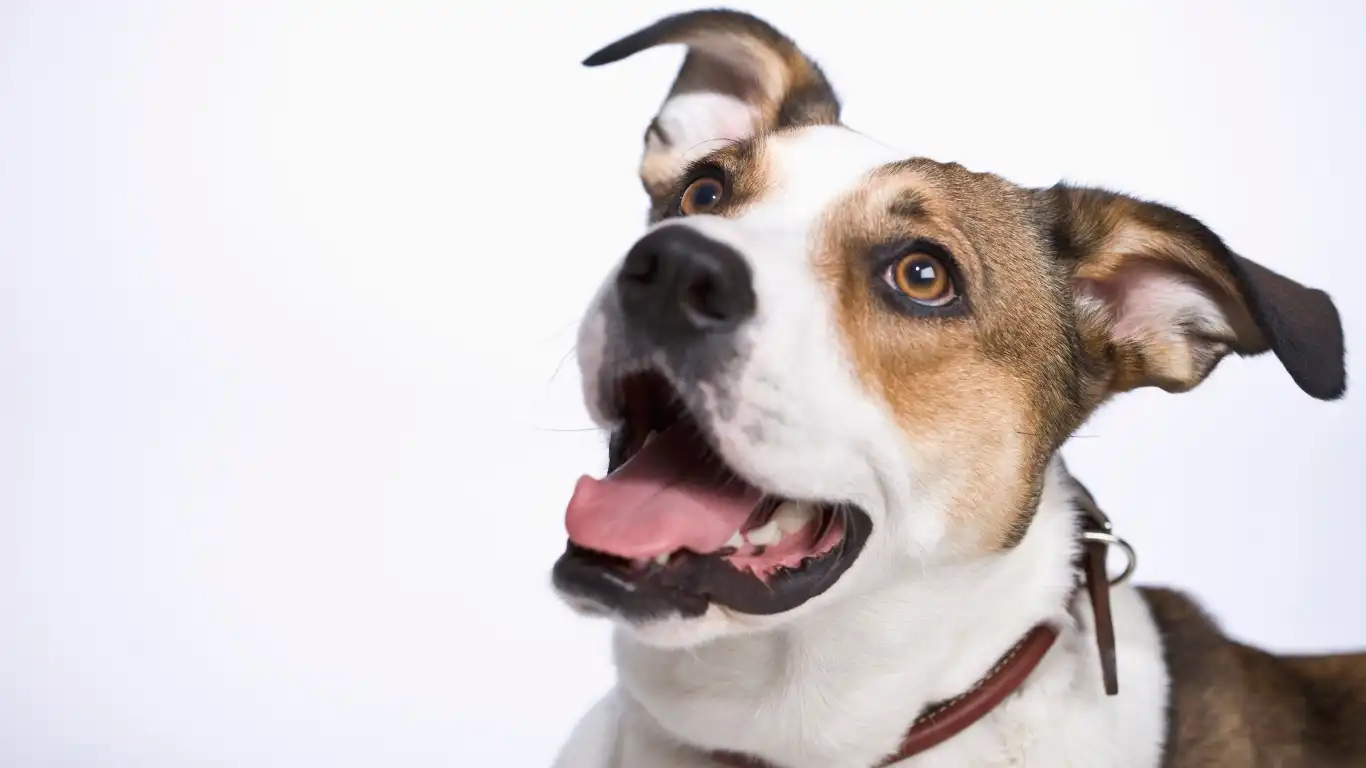
How to Start Socializing Your Dog with People
Now that we’ve covered the basics of socialization, let’s get into the practical stuff—how to properly socialize a dog with people. Socializing your dog with people is crucial to helping them become comfortable and confident around humans, whether they’re strangers or people your dog has already met. Here are some key steps to help you get started:
- Start Slow: The first step in socializing your dog with people is to introduce them to new individuals slowly and gradually. Don’t overwhelm them by throwing them into large groups or busy environments right away. Start with one person at a time, and make sure the person is calm, patient, and willing to give the dog space if needed. This helps to avoid overwhelming your dog.
- Use Positive Reinforcement: During these early interactions, use treats, praise, and play to reward your dog for calm behavior. Reward them for positive interactions and for staying relaxed. Over time, your dog will learn to associate new people with positive experiences.
- Respect Their Comfort Zone: Every dog has different boundaries, so it’s important to read your dog’s body language and adjust accordingly. If they seem scared or anxious, back off and try again later. Forcing them to interact before they’re ready can lead to fear and setbacks.
- Make it a Regular Habit: Consistency is key when socializing your dog with people. Regular, positive exposure to new people will help your dog build confidence and make the process smoother. This doesn’t mean you have to introduce them to dozens of strangers each week, but try to find opportunities for them to interact with new people on a consistent basis.
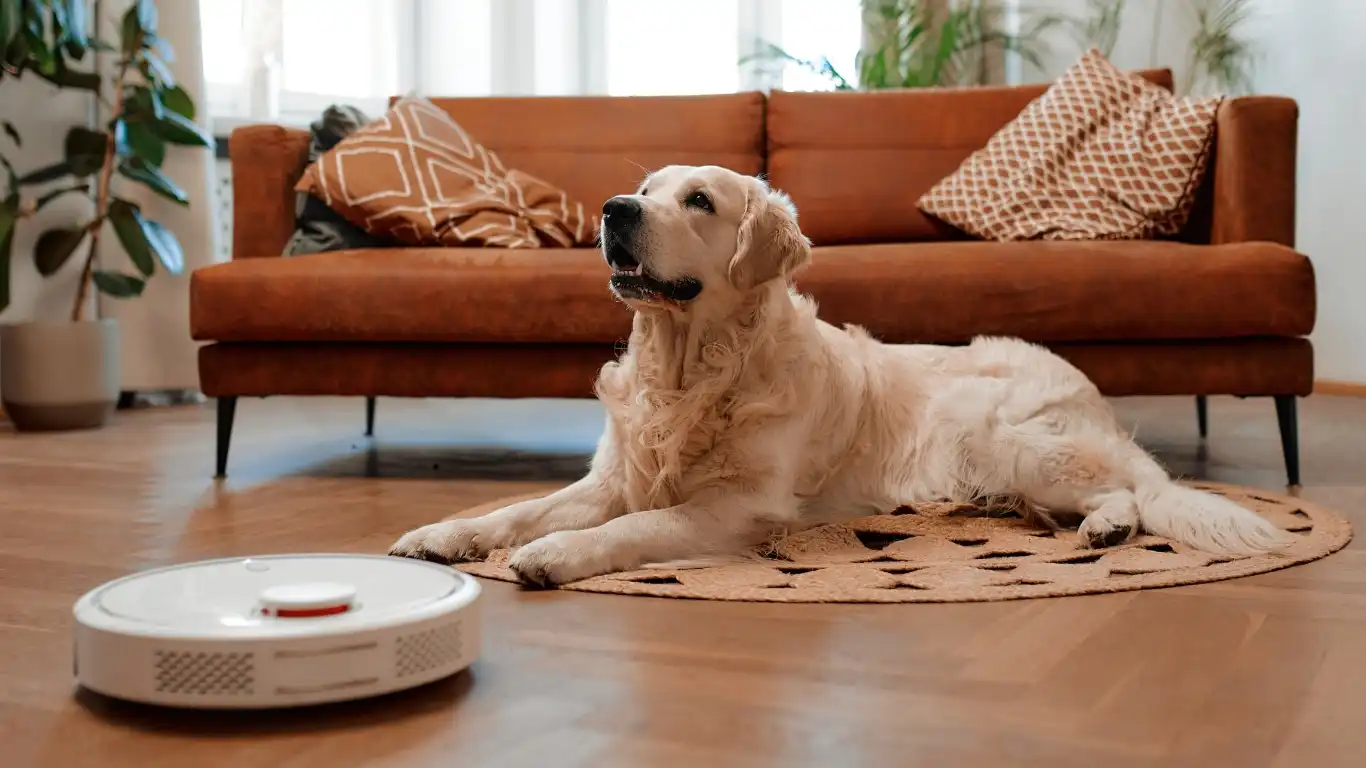
How to Properly Socialize Your Dog with Other Pets
Socializing your dog with other pets, whether dogs, cats, or even smaller animals, is just as important as socializing them with people. The key here is to introduce your dog to other animals in a calm, controlled, and gradual manner. Rushing the process can lead to fear, aggression, or negative associations that are hard to undo. Here are some tips to help your dog interact with other pets:
- Introduce in Neutral Territory: When introducing your dog to another pet, it’s important to meet in a neutral space where neither animal feels territorial. This reduces the chances of defensive behavior. For dogs, a neutral area like a park or open field is ideal.
- Start with Leashed Meetings: When introducing a dog to another dog, keep both dogs on a leash initially. This allows you to control their movements and prevent any unwanted behaviors. Make sure both dogs are calm before letting them interact freely.
- Supervise All Interactions: Always supervise your dog when they are around other pets, especially during the early stages of socialization. This allows you to step in and intervene if needed, and it helps both animals feel safe during their interactions.
Socializing a dog with people and pets is one of the most rewarding things you can do for your canine companion. Not only does it lead to better behavior, but it also enhances your relationship with them. The process may take time, but with patience, consistency, and a little help from your Veterinary Technician, your dog will soon be the social butterfly you’ve always wanted them to be!
Common Challenges in Socializing Your Dog
Even with the best intentions, socializing a dog with people and pets can present challenges. Every dog is unique, and some may require more time or patience than others. In my experience as a Veterinary Technician, I’ve encountered a wide range of dogs with different personalities and needs, and it’s important to recognize and address the challenges as they arise. Let’s dive into some common obstacles you might face when socializing your dog—and how to overcome them.
Fear and Anxiety
One of the most common challenges I see in my practice is dogs that are fearful or anxious around people or other animals. Fearful dogs may shy away, bark excessively, or even show signs of aggression when they feel threatened or overwhelmed. This can make socializing difficult, but it’s not impossible. It’s all about taking baby steps and helping your dog build positive associations with new experiences.
Start by exposing your dog to new situations gradually. For instance, when introducing them to a new person, allow the individual to sit at a distance while your dog gets used to their presence. Reward your dog for calm behavior, and slowly decrease the distance between the person and your dog as they become more comfortable. Over time, you’ll notice that the fear starts to fade, and your dog will learn that new people and situations aren’t something to be scared of.
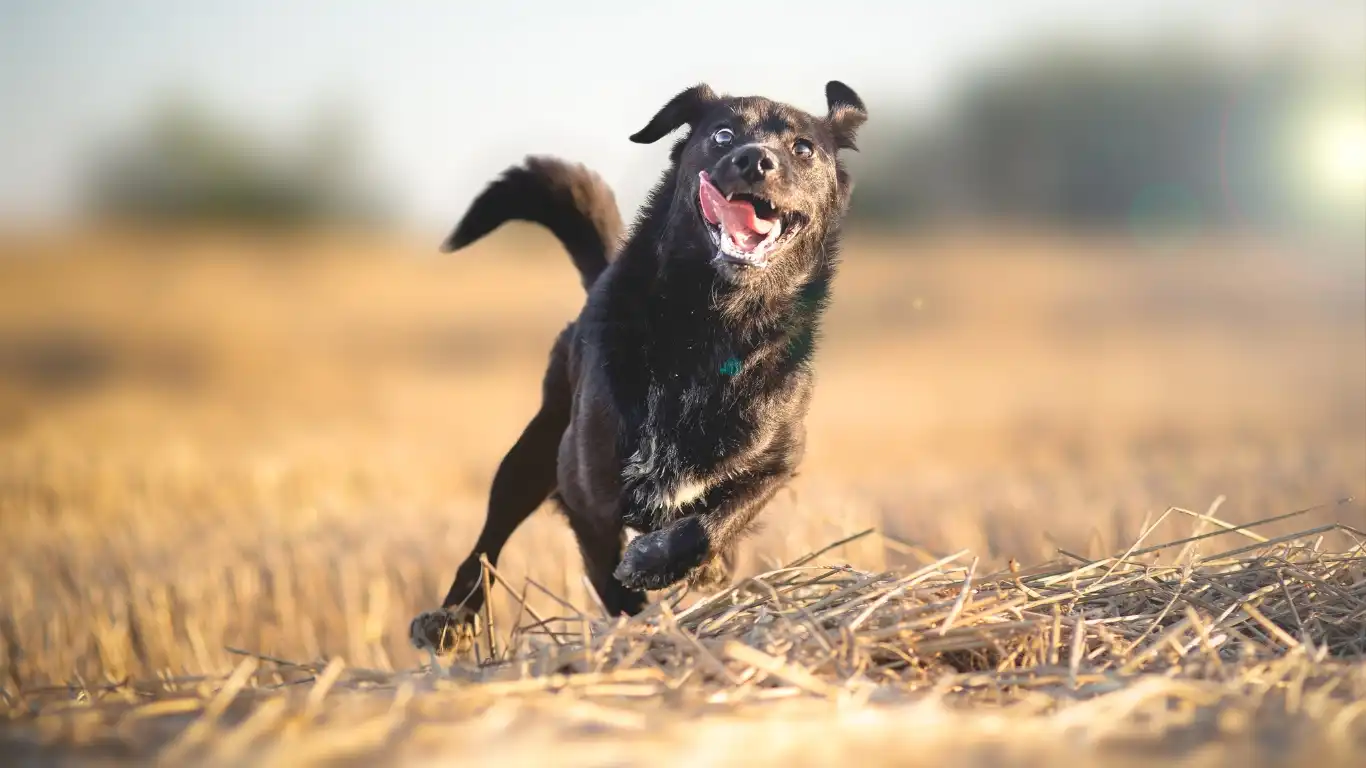
Resource Guarding
Resource guarding is another challenge that can affect your dog’s ability to socialize properly. Some dogs may become possessive of toys, food, or even their favorite resting spots. If your dog feels that their resources are being threatened by other animals or humans, they might display aggressive behaviors like growling, snapping, or even biting.
Resource guarding can make socializing tricky, but it can be addressed with patience. Start by teaching your dog that good things happen when other people or pets approach their toys or food. This can be done by using positive reinforcement techniques, such as rewarding your dog with treats when they allow someone to approach without showing aggression. Gradually, they’ll learn that sharing their resources is a positive experience.
Socializing Your Dog with Other Dogs
Introducing your dog to other dogs is often a crucial step in the socialization process. As much as some dogs thrive in the company of others, others may be more wary or territorial. Socializing a dog with other dogs takes careful planning and supervision. Here’s what I’ve found to work best when introducing your dog to their canine peers:
Choosing the Right Playmates
Not all dogs are a good fit for every other dog. In my experience, it’s crucial to pick dogs with similar temperaments when starting socialization. A dog that’s overly dominant or aggressive might overwhelm a shy or submissive dog, causing unnecessary stress. Likewise, a highly energetic dog might be too much for a calm, laid-back dog to handle.
If you’re introducing your dog to another dog for the first time, start with a calm, well-mannered dog. Keep the interactions brief, and gradually increase the time they spend together. This gives your dog a chance to adjust without feeling overwhelmed. If the introduction goes well, you can plan regular playdates to help both dogs build positive associations with each other.
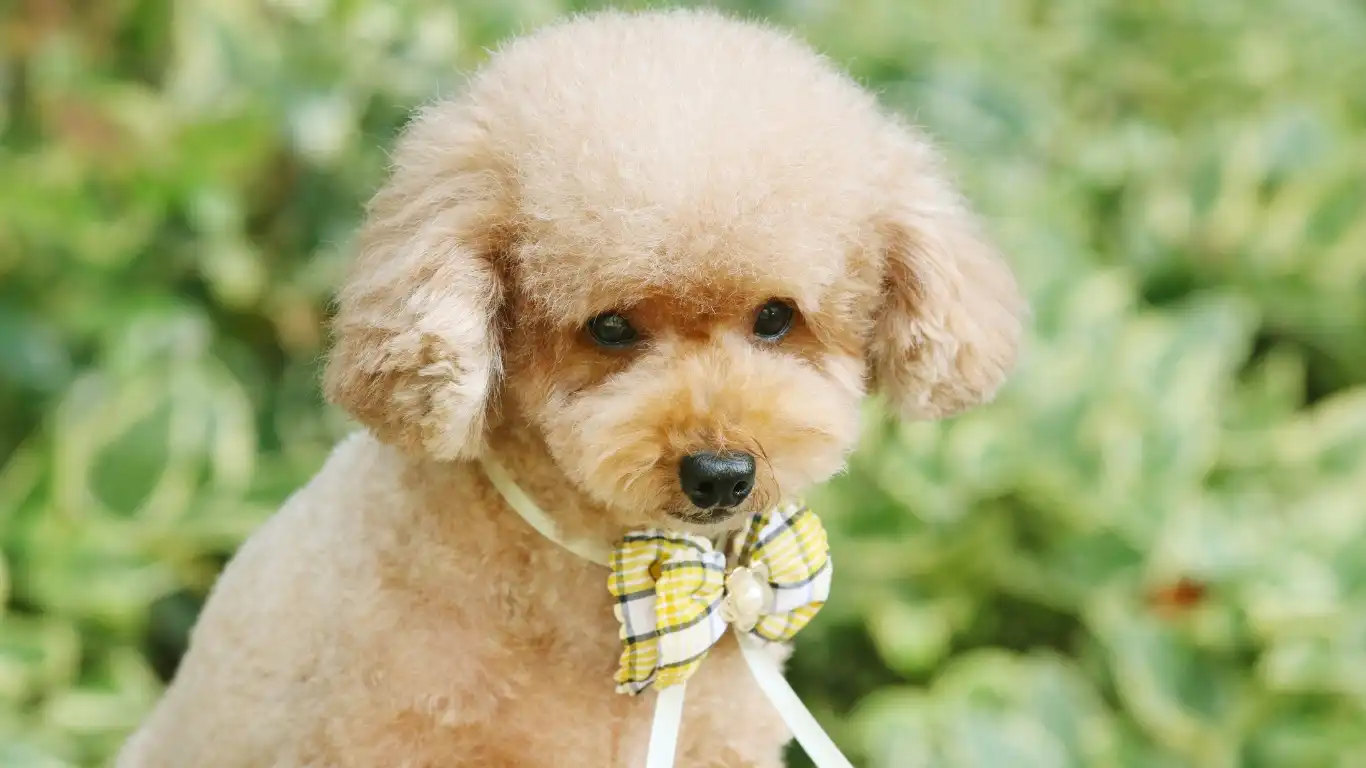
Managing Play Behavior
When your dog meets other dogs, it’s important to monitor their play to ensure things don’t escalate into rough play or aggression. Dogs communicate through body language, and it’s essential to pay attention to signs of discomfort, stress, or fear. For example, a dog that’s backing away or growling might be trying to establish boundaries, while a dog that’s wagging their tail or play bowing is likely just excited and ready to engage in fun play.
Take the time to observe these cues, and step in if necessary. If things start to get too rough, gently separate the dogs and allow them to cool down before trying again. Over time, your dog will learn the social cues of other dogs, and interactions will become more natural.
Handling Negative Behaviors During Socialization
While socializing your dog, you might encounter some undesirable behaviors, such as barking, lunging, or aggression. These behaviors are often the result of fear, anxiety, or territorial instincts. As a veterinary professional, I’ve seen dogs react this way when they’re put in situations that feel unsafe or overwhelming. The key is to address these behaviors with understanding and patience, instead of punishment.
Positive Reinforcement
One of the most effective ways to manage negative behaviors is through positive reinforcement. For instance, if your dog begins barking or lunging at another dog or person, calmly redirect their attention to something more positive—like a treat or a toy. Once they focus on the new behavior, reward them. This teaches your dog that calm, positive behavior leads to rewards, while undesirable behavior doesn’t get them what they want.
Consistency is key when managing negative behaviors. You’ll need to continue reinforcing good behavior every time, so your dog learns that this is the new normal. Over time, you should see a reduction in unwanted behaviors, and your dog will become more relaxed and confident in social situations.
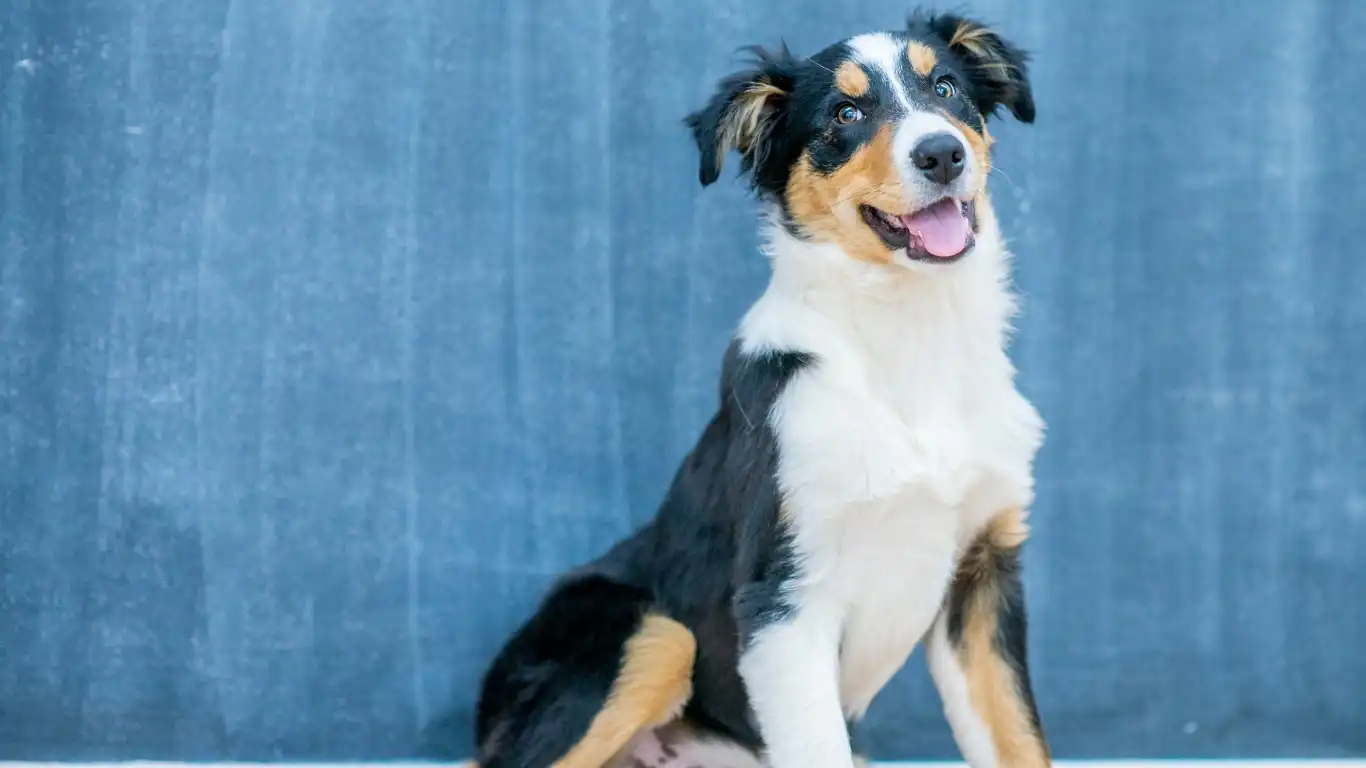
Don’t Rush the Process
As tempting as it might be to speed up the socialization process, it’s important to move at your dog’s pace. Some dogs may need extra time to adjust, and forcing them into social situations before they’re ready can backfire. I’ve worked with many dogs who showed remarkable improvement after being given more time and space to develop confidence at their own speed.
Remember that socializing your dog is a journey, not a race. Take breaks when needed, and celebrate the small victories along the way. Each step forward, no matter how small, is progress. And in the end, you’ll have a well-socialized dog who enjoys meeting new people and pets and is happy to navigate the world with confidence.
Maintaining Socialization Skills Over Time
One common misconception I encounter is that once a dog is socialized, they’re set for life. Unfortunately, socialization isn’t a one-and-done task—it’s an ongoing process. Just like us, dogs go through different phases in their lives, and their behavior can change as they mature or face new challenges. That means it’s important to keep reinforcing positive socialization throughout your dog’s life. This ongoing socialization helps maintain the confidence and good behavior they’ve developed.
As a Veterinary Technician, I’ve seen dogs who, after an initial socialization period, were later faced with challenges like a change in their environment, the arrival of a new pet, or a health issue. These life changes can affect a dog’s ability to handle social situations, so it’s essential to stay consistent with positive exposure. The good news is that if you’ve laid a solid foundation early on, maintaining that socialization becomes much easier over time.
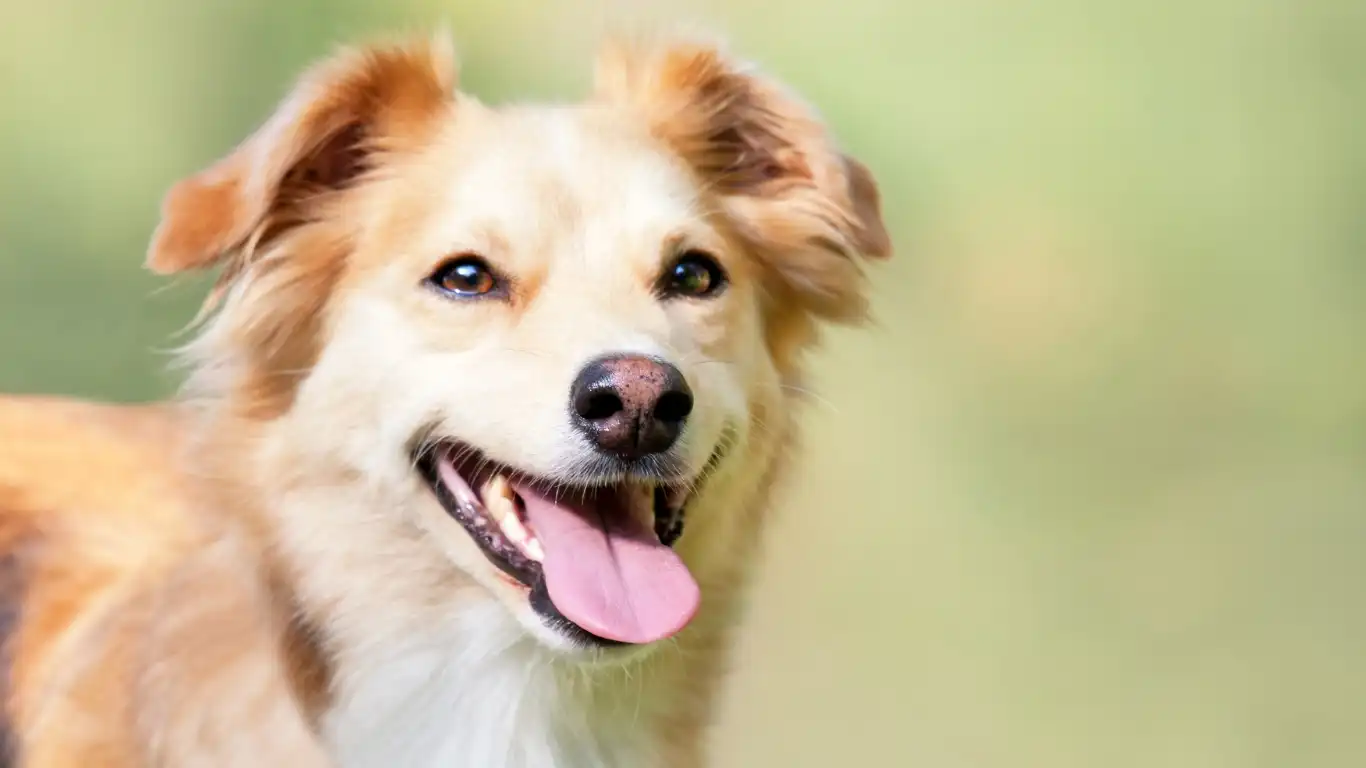
What to Do if Socialization Isn’t Going as Planned
Sometimes, despite your best efforts, socializing your dog may not go as smoothly as expected. Whether it’s aggression, fear, or extreme anxiety, these issues can be frustrating, especially when you’re trying your best. However, it’s essential to take a step back and assess the situation calmly. Here are a few strategies that can help get things back on track:
1. Consult a Professional Trainer
If you’re hitting a wall with your dog’s socialization, a professional trainer can be a huge help. Trainers have the expertise to assess your dog’s behavior and create a plan tailored to their specific needs. In my experience, trainers can be especially beneficial for dogs that are dealing with aggression, extreme fear, or other challenging behaviors that may require more specialized techniques.
Make sure to choose a trainer who uses positive reinforcement methods rather than punishment-based techniques. Punishment can increase anxiety and worsen the behavior you’re trying to address. Positive reinforcement, on the other hand, encourages your dog to make the right choices and builds trust between you and your dog.
2. Take a Break
If you’re feeling frustrated or if your dog is showing signs of stress, it might be time to take a short break. Sometimes, pushing too hard can lead to setbacks. If your dog is overwhelmed, take a step back and allow them to relax in a familiar, safe environment. Give both yourself and your dog a breather before resuming the socialization process at a more manageable pace.
In my experience, taking breaks can often lead to breakthroughs. Dogs, like humans, need time to process new experiences. A little patience can go a long way in reducing their stress and anxiety, making future interactions easier and more positive.
3. Avoid Overexposure
Another mistake that some dog owners make is overexposing their dogs to new experiences too quickly. This can be particularly tempting if your dog seems ready for the next step. However, overexposure can be overwhelming and counterproductive. It’s essential to listen to your dog’s body language and stop the interaction if they seem stressed or anxious.
For example, if you’re introducing your dog to other dogs and they start showing signs of fear, it’s okay to cut the session short. You can always try again later when your dog feels more confident. Gradually increasing the intensity of exposure will help your dog feel less overwhelmed in the long run.
How Socialization Affects Your Dog’s Mental Health
Proper socialization isn’t just about teaching your dog to behave well—it’s also a key factor in their overall mental and emotional health. Dogs, especially those that aren’t socialized properly, can develop anxiety, fear, or even depression. As a Veterinary Technician, I’ve seen how poor socialization can lead to chronic stress, and how it affects their behavior and well-being. That’s why it’s so important to prioritize socialization early on and continue throughout their lives.
Socialization helps dogs build positive associations with new people, pets, and situations, which can reduce the risk of behavioral problems. It’s a natural way for dogs to exercise their social instincts, and it supports their emotional development. A well-socialized dog is generally more confident, happier, and better equipped to handle the world around them.
Furthermore, socialization has been shown to reduce stress levels in dogs. In fact, studies have suggested that dogs with healthy socialization are less likely to develop separation anxiety or fear-based behaviors. So, if you’re working on socializing your dog, you’re not only helping them interact better with others—you’re also contributing to their overall mental well-being.

References and Resources
When it comes to socializing your dog, it’s always a good idea to lean on trusted resources to guide you through the process. Here are a few reputable sources that can provide further information and support:
- American Kennel Club (AKC) – A great resource for dog owners on everything from training to behavior.
- PetMD – Offers valuable insights on pet health and behavior issues.
- National Institutes of Health (NIH) – A trusted source for understanding the impact of mental health on animals.
- Cesar’s Way – Tips and techniques for socializing dogs from expert dog trainer Cesar Millan.
Disclaimer
It’s important to note that every dog is different, and what works for one dog might not work for another. This article provides general tips based on my experience as a Veterinary Technician, but if you’re dealing with a dog who has severe behavioral problems or a history of aggression, it’s best to seek professional help. Consulting with a veterinarian or a certified dog trainer is always a good idea when dealing with challenging behaviors or health concerns.
By maintaining patience, consistency, and a positive attitude, you can successfully socialize your dog and provide them with a lifetime of confidence, good behavior, and happiness.
